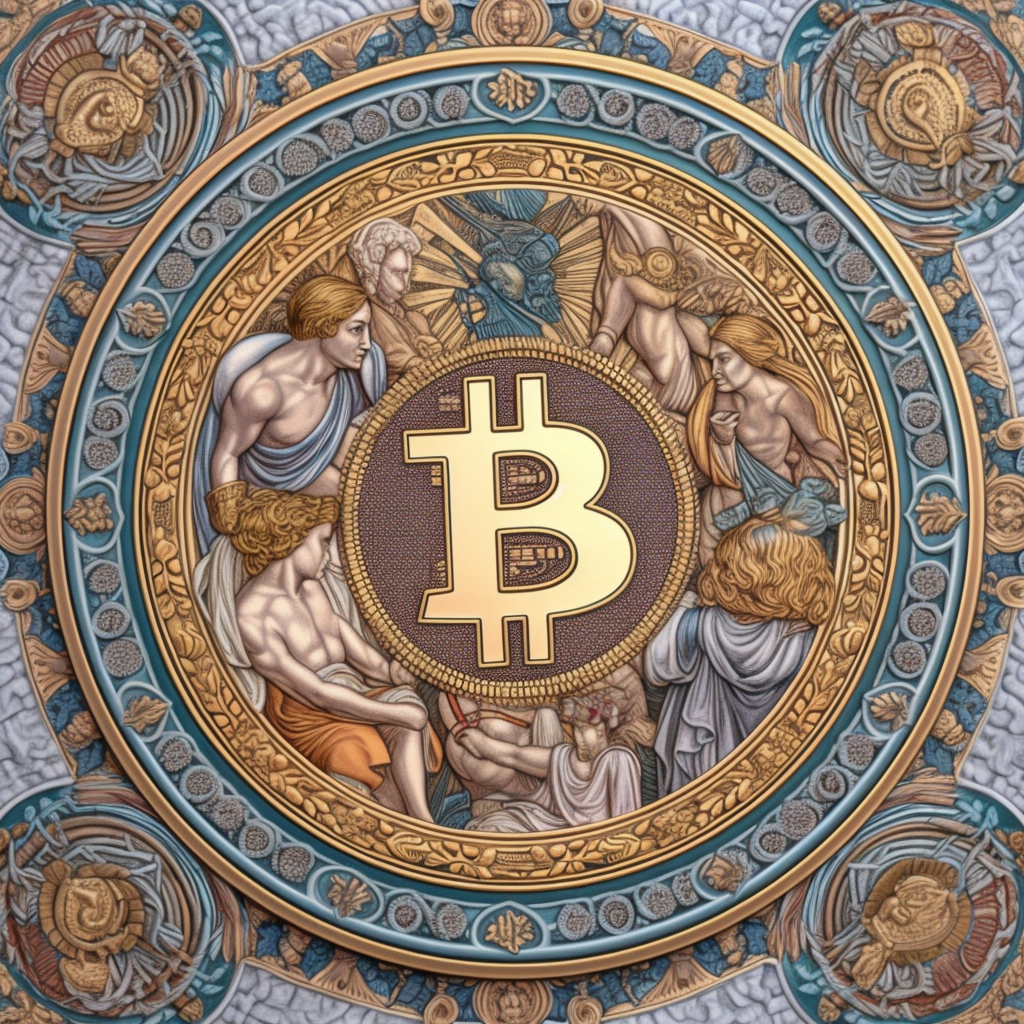LEDGER MONEY AND THE DEATH OF THE SAMURAI CHAPTER 6
LEDGER MONEY AND THE DEATH OF THE SAMURAI Excessive currency should be avoided. —Nicolas Copernicus
T
he warrior sat down, cross-legged, and squinted at the red setting sun. Is this what has become of us? he wondered. Once the respected pinnacle of society, he and his colleagues now seemed to be nothing more than beggars. Each year, their condition worsened. He reflected on the continued erosion of the cultural tradition and the abandonment of their ancient code of honor. From his waistband, he pulled out a piece of paper, looked at it, and then tucked it away. Am I not worth more than a scrap of paper? He turned to his closest friend, sitting next to him, and said bluntly, “This cannot continue.”
A MATTER OF TRUST History is full of stories about how money is earned, spent, and lost. Aesop’s Fables and religious proverbs have conveyed financial wisdom to children and adults for centuries. Yet almost no stories exist that explain where money comes from. That is because, for thousands of years, money came from the ground in the form of gold. Paper money and electronic money, as we know it today, are relatively recent inventions. Unless you have taken a course in finance, you have not likely been taught the truth about the origins of modern money. True barter, a system of exchange absent any money or debt, was probably not prevalent in large societies. It’s just too difficult to solve the double coincidence of wants. Several anthropologists argue barter is a myth. The archeological evidence is that barter, token money, and ledger money probably all existed simultaneously to varying degrees throughout different cultures around the world. Individuals and groups have always exchanged goods and services based on informal arrangements of credit and mutual obligation, rather than formalized rules or laws. For example, it is possible to solve the double coincidence of wants with the invention of trade terms and
79











